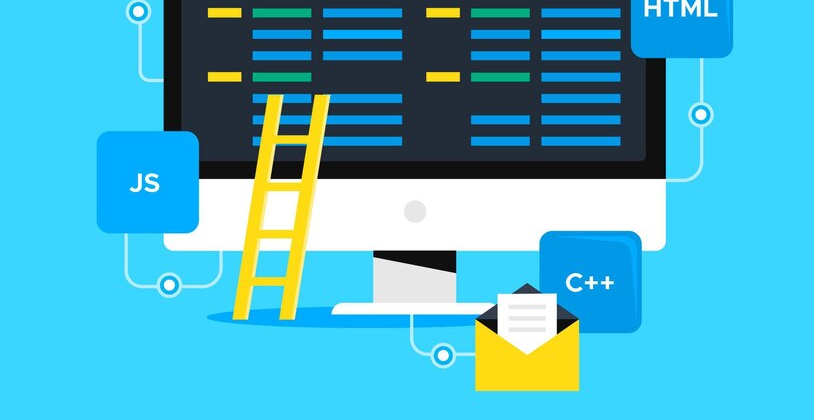Setting out on the journey of creating a dating app using Java is an exciting journey full of promise for technological innovation and human connection. By harnessing its versatility and robustness, developers can craft platforms that promote meaningful interactions that foster lasting relationships.
Java developers can construct a secure and scalable backend while designing an intuitive user interface using frameworks like JavaFX or Swing. Java enables developers to craft an engaging dating experience by incorporating features like profile customization, matching algorithms, and real-time messaging into a dynamic dating application. This initiative seeks to balance technology and emotion to build meaningful connections in digital space.
Here's a basic overview of how you can approach it:
Project Setup:
Start by setting up a new Java project using a suitable Integrated Development Environment (IDE) like IntelliJ IDEA or Eclipse.
UI Design:
Design the user interface (UI) of your dating app using either Swing for desktop applications or JavaFX for both desktop and mobile applications. Consider including features such as user profiles, swiping for matches, messaging, and settings.
Backend Logic:
Implement the backend logic of your app to handle user authentication, profile creation, matching algorithms, messaging functionality, and other core features. Utilize Java's object-oriented programming principles to organize your code efficiently.
Database Integration:
Integrate your Java application with a database to store user data, preferences, and messages. You can use JDBC (Java Database Connectivity) to connect to a SQL database like MySQL or PostgreSQL, or consider using an Object-Relational Mapping (ORM) framework like Hibernate for easier database interactions.
Networking:
Implement networking functionality to enable communication between users' devices and your backend server. You can use Java's built-in libraries for networking or consider using frameworks like Spring Boot for building RESTful APIs.
Security:
Implement security measures such as encryption for sensitive user data, secure authentication mechanisms, and proper validation to prevent common security vulnerabilities like SQL injection and cross-site scripting (XSS).
Testing:
Thoroughly test your dating app to ensure its functionality, usability, and security. Consider implementing automated unit tests and conducting manual testing to identify and fix any bugs or issues.
Deployment:
Deploy your Java application to a suitable hosting environment, such as a cloud platform like AWS or Google Cloud Platform, or deploy it to app stores for mobile applications.
Here's a very simplified example of a Java class representing a user profile:
`public class UserProfile {
private String username;
private int age;
private String bio;
public UserProfile(String username, int age, String bio) {
this.username = username;
this.age = age;
this.bio = bio;
}
// Getters and setters
public String getUsername() {
return username;
}
public void setUsername(String username) {
this.username = username;
}
public int getAge() {
return age;
}
public void setAge(int age) {
this.age = age;
}
public String getBio() {
return bio;
}
public void setBio(String bio) {
this.bio = bio;
}
}
`
This class represents a user profile with properties like username, age and bio. You can further extend this example by adding more properties and methods for handling other aspects of user profiles like profile pictures, preferences or matches.
You should know that dating app development requires much more complexity and nuance than this basic example can show. Be sure to research and plan accordingly, taking into account user experience, scalability concerns and privacy considerations throughout the development process.






Top comments (0)